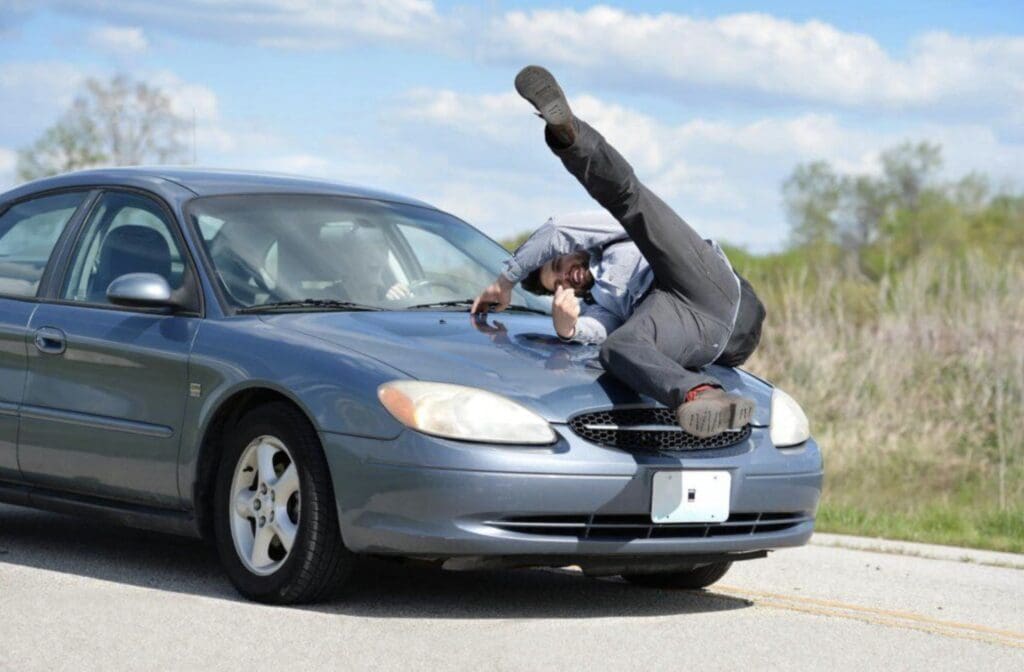The Role of Law and Public Awareness in Preventing Hit and Runs

The Role of Law and Public Awareness in Preventing Hit and Runs
Hit-and-runs are a major problem on our roads. When someone causes an accident and then just drives away without stopping, it leaves the victim hurt, confused, and often scared. The driver fleeing the scene makes everything worse because the victim doesn’t get immediate help, and it becomes harder to catch the person responsible.
Preventing hit-and-runs takes effort from everyone, not just the police or the government, but also drivers, pedestrians, and the community. To stop these incidents, we need to understand why they happen, how the law steps in, and how public awareness can make a difference.
If you’ve ever been a victim of a hit and run, it can feel overwhelming to figure out what to do next. Your next step after getting medical treatment should be to consult with a hit-and-run accident lawyer. They can help you understand your rights, guide you through the legal process, and make sure the person responsible is held accountable. The law can be complicated, but a lawyer makes it easier to fight for justice.
Table of contents
Why Do People Run Away After an Accident?
There are several reasons why someone might run away after causing a crash. Sometimes, it’s fear. They might worry about losing their license, facing fines, or going to jail.
Other times, the driver could be under the influence of alcohol or drugs and think they can avoid getting caught by running. Some might not have a valid driver’s license or could be driving an unregistered vehicle.
Whatever the reason, leaving the scene is never okay. When someone does a hit-and-run, they’re breaking the law and abandoning their responsibility to help the person they injured.
How Does the Law Help Stop Hit and Runs?
The law plays a big role in stopping hit-and-runs by setting clear rules and consequences. When laws are strict, drivers know there are serious penalties waiting for them if they try to flee. These penalties include fines, losing their license, or even jail time. Strong laws act as a warning that hit-and-runs won’t be tolerated.
In many places, the law has also made it easier to catch hit-and-run drivers. For example, police use traffic cameras and eyewitness reports to identify the culprit. Some laws also require drivers to stay at the scene and provide help, making it a legal duty that cannot be ignored.
These legal tools work together to discourage drivers from running away and help catch those who do.
How Can Public Awareness Help Prevent Hit and Runs?
Public awareness is about making sure everyone knows how serious hit-and-runs are. When people understand the damage these accidents cause, they’re more likely to be responsible drivers. Awareness helps people see that running away isn’t just a quick escape; it’s a crime that hurts real people.
Campaigns on social media, TV, and in communities can spread this message. When friends, family, and neighbors talk about the dangers of hit-and-runs, it builds a culture of responsibility.
The more people know, the more they respect the law and look out for each other on the road.
What Should You Do If You Are a Victim of a Hit and Run?
If you’re ever hit by a driver who then leaves, it’s important to stay calm and take specific steps to protect yourself:
First, call the police right away so they can start looking for the driver. Next, try to remember details about the car that hit you, like the color, make, or even part of the license plate. This information helps the police track down the driver.
If you’re hurt, get medical help immediately. Even if you think your injuries are small, seeing a doctor is important. Also, if there are any witnesses around, ask if they saw what happened and if they’d be willing to give a statement to the police.
Taking these steps increases the chance that the person who caused the accident will be found and held responsible.
Chief editor of Side-Line – which basically means I spend my days wading through a relentless flood of press releases from labels, artists, DJs, and zealous correspondents. My job? Strip out the promo nonsense, verify what’s actually real, and decide which stories make the cut and which get tossed into the digital void. Outside the news filter bubble, I’m all in for quality sushi and helping raise funds for Ukraine’s ongoing fight against the modern-day axis of evil.
Since you’re here …
… we have a small favour to ask. More people are reading Side-Line Magazine than ever but advertising revenues across the media are falling fast. Unlike many news organisations, we haven’t put up a paywall – we want to keep our journalism as open as we can - and we refuse to add annoying advertising. So you can see why we need to ask for your help.
Side-Line’s independent journalism takes a lot of time, money and hard work to produce. But we do it because we want to push the artists we like and who are equally fighting to survive.
If everyone who reads our reporting, who likes it, helps fund it, our future would be much more secure. For as little as 5 US$, you can support Side-Line Magazine – and it only takes a minute. Thank you.
The donations are safely powered by Paypal.





